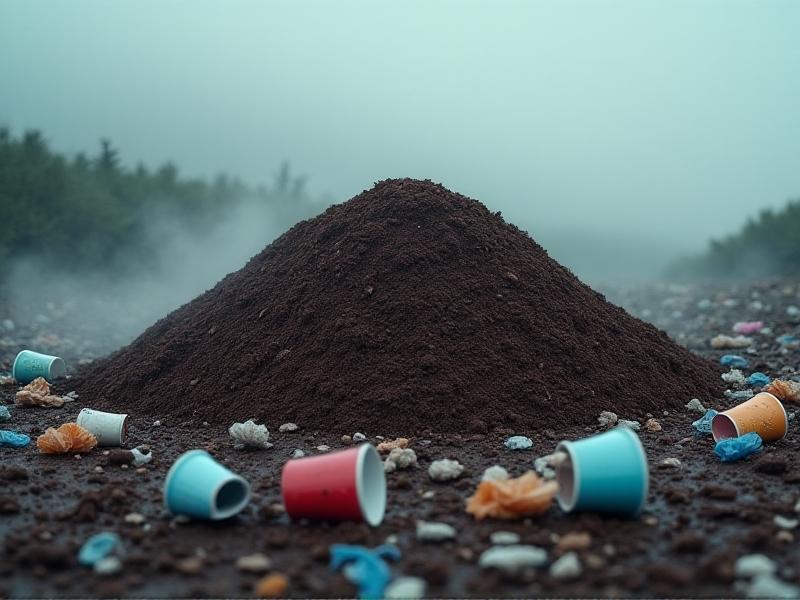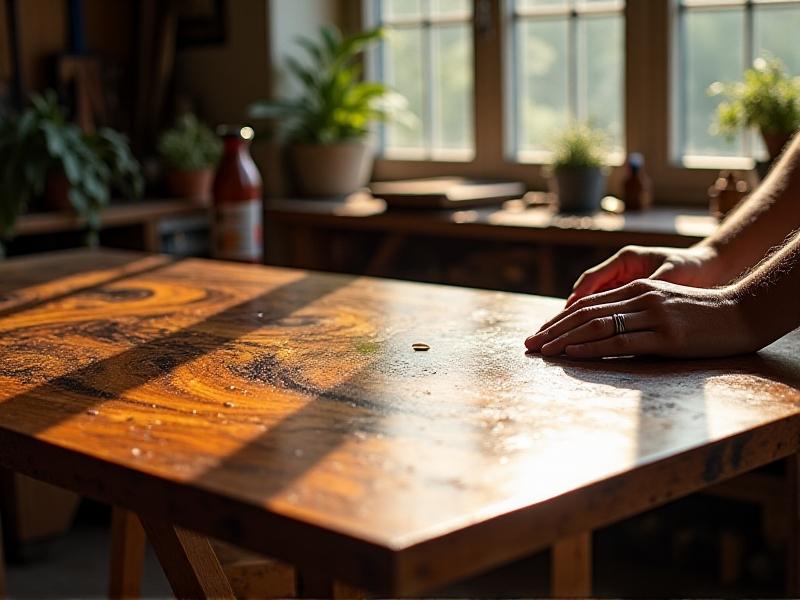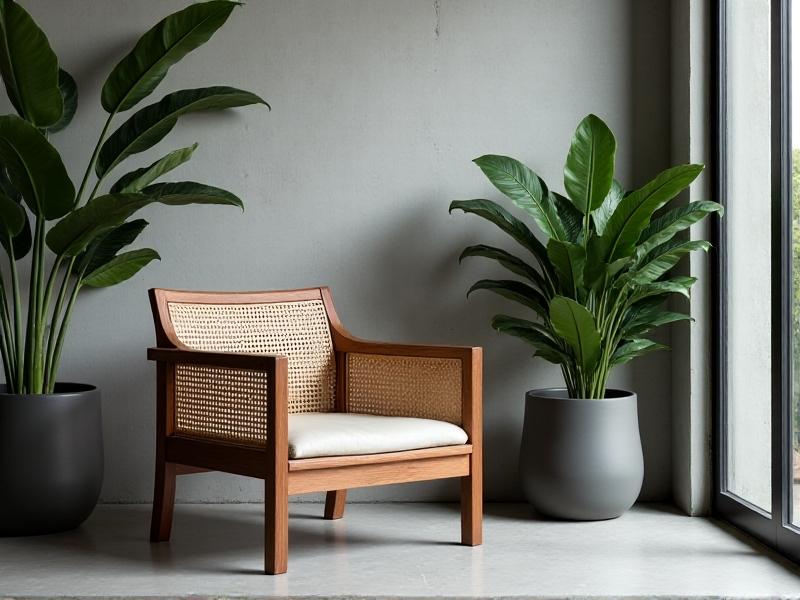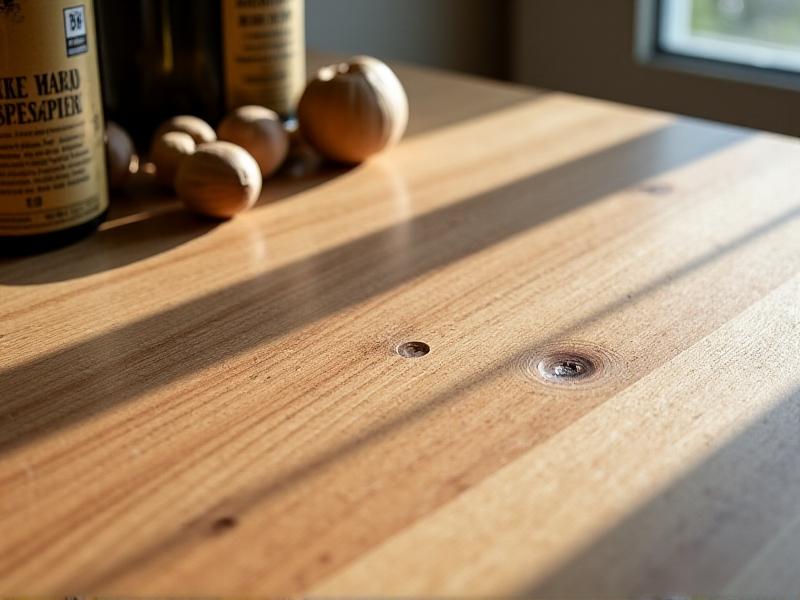Coffee Ground Composites: Experimental Materials for Repairs
The Problem with Coffee Waste: From Brew to Environmental Blues
Every year, the world produces over 18 million tons of spent coffee grounds, a byproduct of brewing that often ends up in landfills. When discarded, coffee grounds release methane—a greenhouse gas 25 times more potent than carbon dioxide. This waste contributes to climate change while squandering a resource rich in organic compounds like cellulose, lignin, and oils. Cities like London and New York generate thousands of tons of coffee waste monthly, yet less than 5% is repurposed. The challenge lies in transforming this overlooked material into something valuable, sparking interest in experimental applications such as composite materials for repairs.

The Science Behind Coffee Ground Composites: Turning Trash into Treasure
Coffee grounds contain a unique blend of organic polymers and fibrous structures that, when combined with binding agents like bioplastics or resins, form durable composites. Researchers at universities such as Toronto and Kyoto have experimented with varying ratios of grounds to polymers, finding that a 30-40% coffee content optimizes strength and flexibility. The porous nature of coffee particles allows resins to infiltrate and create a reinforced matrix. Additives like chitosan (derived from shellfish) or plant-based epoxy can enhance water resistance, making these composites viable for outdoor use. This alchemy transforms waste into a material rivaling particleboard or low-grade plastics.

Mechanical Properties: How Strong is a Coffee Composite?
Tests reveal that coffee composites exhibit a tensile strength of 12-18 MPa, comparable to medium-density fiberboard. Their flexural strength, however, depends on particle size: finely ground beans create smoother surfaces, while coarser grinds improve interlocking within the matrix. Moisture resistance remains a hurdle—untreated composites absorb 7-10% water within 24 hours. To address this, researchers are testing hydrophobic coatings derived from soybean oil or beeswax. Despite limitations, these materials excel in non-load-bearing applications, such as patching wall cracks or reinforcing furniture joints, offering a sustainable alternative to synthetic fillers.

Coffee Composites in Action: Real-World Repair Applications
In Berlin, a startup named KaffeeForm crafts bicycle fenders and watch cases from coffee composites, while construction firms in Brazil blend grounds with clay to repair adobe walls. Dentists have even trialed coffee-infused resins for temporary fillings, leveraging caffeine’s antibacterial properties. One notable project involved using a coffee-epoxy mix to restore 19th-century wooden beams in a Lisbon café, where the composite’s matte finish blended seamlessly with aged timber. These examples highlight the material’s versatility, though scalability remains a work in progress.

Environmental Impact: Comparing Coffee Composites to Traditional Materials
Producing one kilogram of coffee composite generates 0.8 kg of CO2—half that of polyurethane foam. Unlike petroleum-based plastics, coffee composites biodegrade by 60-70% within a year in compost conditions. They also divert waste from landfills, reducing methane emissions. However, the energy required to dry and process grounds (often via fossil fuels) offsets some benefits. Lifecycle analyses suggest that localized production using solar drying could cut the carbon footprint by 40%, making these composites a promising step toward circular economies.
DIY Coffee Composites: Can You Make Them at Home?
Enthusiasts are experimenting with DIY recipes: mixing dried grounds with flour-based glues or melted candle wax. One popular method involves combining 1 cup of grounds with ½ cup of cornstarch and ¼ cup of vinegar, heated to form a moldable putty. While these homemade versions lack industrial durability, they work well for small repairs like filling nail holes or crafting decorative items. Online communities share tips on avoiding mold growth (using vinegar as a preservative) and improving adhesion (adding crushed eggshells). Though not a professional solution, these projects democratize material innovation and raise awareness about upcycling.
Challenges and Limitations: What’s Holding Back Widespread Adoption?
Variability in coffee grounds—affected by roast level, brewing method, and moisture—leads to inconsistent material quality. Industrial production requires standardized feedstock, difficult to achieve with waste streams from diverse sources. Regulatory hurdles also exist: building codes rarely certify biodegradable composites for structural use. Cost is another barrier; coffee composites currently cost 20-30% more than conventional materials due to small-scale production. Overcoming these issues demands collaboration between governments, manufacturers, and waste management systems to create reliable supply chains and incentives.
Innovations in Coffee Composite Technology: Recent Breakthroughs
In 2023, researchers at MIT developed a 3D-printing filament infused with coffee grounds, enabling precise fabrication of repair parts. Another team in Sweden created a conductive composite by adding graphene-coated grounds, suitable for embedding sensors in infrastructure. Startups are also exploring mycelium-coffee hybrids, where fungus binds the particles into self-healing materials. These advancements expand potential uses from electronics shielding to earthquake-resistant building patches, pushing coffee composites beyond niche applications.
The Future of Sustainable Repairs: Where Do We Go From Here?
Imagine a world where every café’s waste fuels local repair workshops. Emerging technologies like decentralized bioreactors could process grounds on-site, while AI-driven material optimization might tailor composites for specific climates or stresses. Policy shifts, such as tax breaks for circular businesses, could accelerate adoption. Integrating coffee composites with other waste streams—like coconut husks or rice hulls—might yield hyperlocal “bio-alloys,” reducing reliance on global supply chains. The path forward hinges on viewing waste not as trash, but as a toolkit for resilience.
Case Studies: Success Stories in Coffee Composite Implementation
In Melbourne, the Coffee Brick Initiative uses grounds bound with recycled plastic to create lightweight bricks for garden walls. After a pilot phase diverted 3 tons of waste, the city plans to integrate these bricks into public park renovations. Meanwhile, Honda’s R&D team recently unveiled a car interior panel made with 25% coffee composite, reducing weight and carbon emissions. These cases prove that cross-industry partnerships—between cafés, manufacturers, and civic bodies—can turn experimental ideas into scalable solutions.








